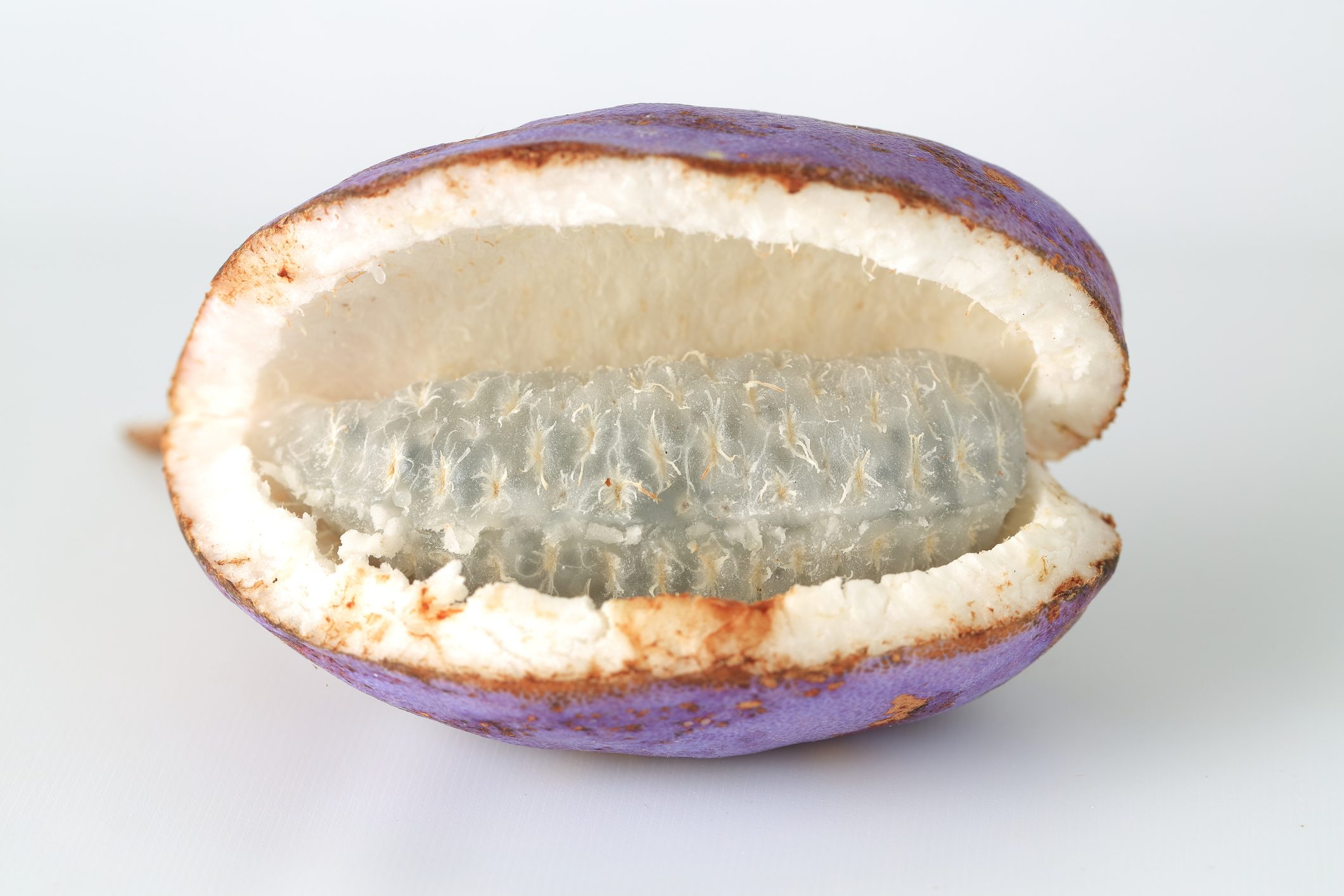Here’s Everything You Need To Know Purple Akebi Fruit
Many people consider Purple Akebi rare and mysterious but that's understandable. The Japanese fruit come in numerous varieties and is typically cylindrical or oblong, averaging 10-13 centimeters in length. The rare fruit also hangs delicately by vines making a rather unusual picture when it's fully grown. Read on for facts about the exotic fruit and they might just become your favourite fruit to enjoy every fall!
;Resize,width=742;)
Purple Akebi is native to Japan and is only available for a limited season in the early fall. The numerous varieties look different but what they do have in common is their thick, spongy, and semi-firm flesh which gives way when squeezed. Here are other crucial facts you should know about purple akebi:
Cultural Background Of The Purple Akebi
Purple Akebi, botanically classified as Akebia quinata, is the fruit of a semi-evergreen, sprawling vine and is a member of the Lardizabalaceae family. In rural communities, the ripening of Purple Akebi is often referenced as the beginning of the fall season. Aside from its delicious fruit, natives cultivate purple akebi for its flowers which exude a candy-like scent when in bloom.
The rare fruit didn't become popular until recent decades when a cultivated variety was created to meet the increasing demand for exotic fruits. Now, purple akebi is considered a specialty item in various countries.

They Are Known For Their Characteristic Mild Flavor
Purple akebi has a translucent, gelatinous center that has many small and edible, black-brown seeds suspended throughout the flesh. Its soft and crunchy flesh has a mild, sweet, and subtly bitter flavor that people commonly liken to a mixture of pear, coconut, and melon.
Purple Akebi Contain Numerous Nutrients
Purple akebi contains a great amount of vitamin C, an antioxidant that can protect the body against environmental aggressors. They also contain zinc and vitamin B6 which collaboratively work to boost the immune system. Other important health benefits of eating purple akebi come from essential minerals like calcium, potassium, and their anti-inflammatory properties.

Purple Akebi Can Be Consumed In Numerous Ways
Purple Akebi can be eaten raw or cooked, making it easy to incorporate them into various recipes. To enjoy it raw, all you have to do is slice the fruit open and scoop its soft flesh with a spoon. For a savory meal, you can fry, sauté, or grill the purple akebi alongside your favourite seasonings. Another popular way purple akebi is consumed is in its processed forms like in jams, jellies, drinks, smoothies, or pickled in plum juice.
The possibilities are truly endless with this exotic fruit; we challenge you to find exciting ways to eat the purple akebi.
;Resize,width=767;)
;Resize,width=712;)
;Resize,width=712;)

